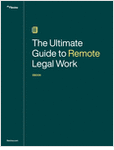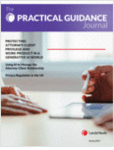Under pressure from Congress, and responding to technological change, the Judicial Conference on Tuesday agreed by an “overwhelming” vote to experiment with camera access to civil proceedings at the federal district court level. Under the pilot project, either party to the litigation can veto broadcast access, which could make it a limited experiment. Photographing jurors and witnesses would be barred.
The plan, announced by Chief Judge David Sentelle of the U.S. Court of Appeals for the D.C. Circuit, the chair of the conference executive committee, is essentially a reprise of a similar test it authorized nearly 20 years ago. Though the experiment was generally viewed as a success, the conference pulled the plug in the wake of the raucous 1995 O.J. Simpson trial, which still haunts the debate over cameras in the courts. The conference, the policymaking arm of the federal judiciary, did allow appeals courts to continue allowing cameras, and both the 2nd and 9th Circuits currently do so.




